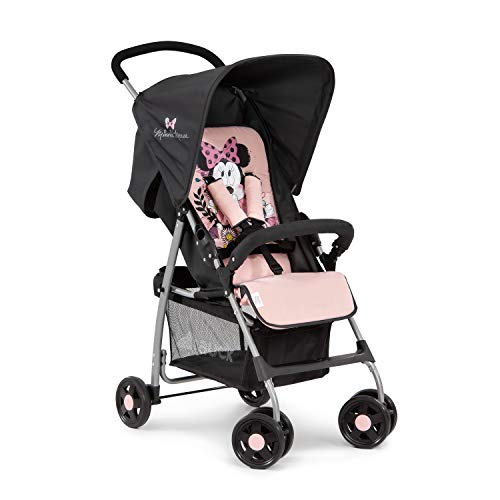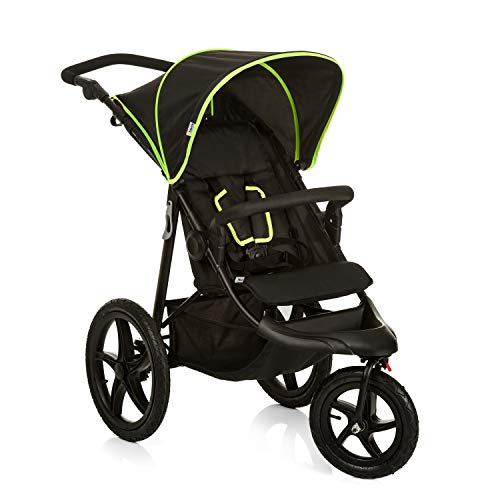The Reasons Parent Facing Pram Is Everywhere This Year
페이지 정보

본문
 Monitor Your Little One's Wellbeing With a Parent Facing Pram
Monitor Your Little One's Wellbeing With a Parent Facing PramYou can easily monitor your child's comfort and well-being when they are snuggled in a pram with a parent facing. This is especially helpful when you're out and about out.
 A study by the University of Dundee found babies in buggies with faces chatted twice as much, laughed more and had lower heart rates, all of which indicate that they were less stressed.
A study by the University of Dundee found babies in buggies with faces chatted twice as much, laughed more and had lower heart rates, all of which indicate that they were less stressed.Peace of Mind
A parent facing pram is a great way to ensure your baby's safety is secure. The seat is secured with a 5-point harness and ensure your baby's safety from any accidents.
A good quality pram will have a large basket that can be able to hold all the baby's necessities and you won't have to worry about where all the other items will go. It's also important to have the appropriate accessories to ensure that your child is at ease during their journey. For instance, a footmuff that is compatible with a harness with five points and a lining for your pram to shield your child from the sun or rain.
It is important to test the pushchair before you buy it for your child. Models that have swivel wheels for easy maneuverability and adjustable handlebars will make it simpler for the entire family to operate.
A safety harness is vital for parents worried about their baby falling out of the buggy. It will prevent your baby from being able to escape the seat. It is ideal for keeping them in the event of any emergency situations.
It's important to note that some experts for babies suggest that babies be at least six months old before using a front-facing pram but this is due to individual developmental milestones. However, some babies may be able to take on the world earlier, especially when they're fascinated and eager to learn more about the world around them.
Parents may be worried that their baby will form a flat region on the back of their head if they are in a pram facing them, but there is no need to be concerned. Auckland osteopath Julia Griffiths suggests that babies must spend a significant amount of time lying flat to strengthen their skull muscles, and this is often done by using a carrier in a position that is affixed to the parent, alongside supervised Tummy time.
Enhanced Bonding
Whether you have chosen a pram with a carrycot or choosing a pushchair, the direction that your baby's face is when out and about is something you should take into consideration. It may appear to be a minor issue, but it can be a major influence on your baby's development as well as their interaction with you while out and about.
A new study has revealed that children in buggies with a side view are less likely to engage in conversation or interact with their parents than those who choose a parent facing pushchair. The study included 2,722 children with their mothers from 60 cities as well as another study that focused on 20 mothers and their children. The findings reveal that babies who sit in a pram that faces the front with their parents are twice as likely to smile at each other than those who sit in a buggy that is away from the parents. This is because when your baby can be able to interact with you and see your face and you, they are more involved.
Face-to face interaction between babies fosters attachment and development. It also lets you show them things like buses, flowers and playgrounds that they might not notice otherwise.
It is crucial to remember that your baby should be able to sit independently before being turned around to a front-facing pushchair. Children older than this may struggle to cope with the change and may be more stressed as they have to move from an inward to outward position.
A doctor can examine your child to ensure that they are ready for the transition. They will be able to verify that your child's muscles and bones are strong enough to handle it, and check to see if they've developed any over-sensitive spots. This test is especially crucial if you've used the pushchair since the time of your baby's birth or if you've previously had an away-facing pram. A doctor can help you determine if it's safe to let your child move into the pushchair facing forward.
Better Eye Contact
The ability to communicate with your child is among the most appealing features of a pram that is facing you. This is especially important for newborns and infants who are still learning how to communicate with the world around them. You can also play with them and talk to them to help them learn names for the things they see.
Studies have proven that when a baby is sitting in front of their parents, they are more likely to talk to them and have fun than if they're looking away from them. This is due to the fact that babies absorb sounds and images from their surroundings. They are able to better comprehend what's happening around them. Eye contact also makes it easier for parents and babies to communicate. This helps soothe the baby and allows him to calm down.
Bring a toy for travel with your child to play with while they are in their pushchair. These toys are great for stimulating the mind and bringing smiles to children. These toys can help your child to recognize your voice, which is essential for cognitive development.
Babies love looking at the world around their world and exploring it. As they grow older and more active, they may be ready to sit forward in their pushchair. If this is the case, then it's worth considering purchasing a front-facing pushchair or stroller from our selection.
It's recommended to add a footmuff after converting to a pushchair facing forward. This will help keep your child warm. Find a model that can be attached and removed as needed and is compatible with your baby's car seat or crib. It's also a good idea to buy an item with a distinct design that will let your child identify their own pram when out and out and about.
An excellent way to make sure that your baby's position for pushing is correct and that they're comfortable is to examine their neck and head alignment on a regular basis. If the front of the pushchair tilts forward, their head and neck are pushing against it. This is not safe.
Easier Monitoring
The reassuring look on your baby's face when they are in a parent facing pram allows you to observe them more closely. It is easy to tell if they are crying, asleep, cold or if they wear a hat on their head or their socks has fallen off. Having an infant on your lap makes it easier to talk to them because they can look at you and hear your voice.
This is essential for babies who suffer from speech and language issues because it helps them to be more active. It is also a great method to help them understand the world around them, for instance when you point out busses or flowers. You can also sing to them, especially when you know they love singing!
In fact, many babies enjoy talking to their parents when they are facing, and there are a lot of studies that show that. For instance, this study by Dundee University found that babies talked twice as often in a forward-facing pushchair than in a rear-facing one. The same study also revealed that babies whose faces were not visible to their parents had heart rates that fluctuated more frequently, suggesting that they were stressed and anxious. Heart rates were calmer and more consistent for babies whose faces they could see.
However, this doesn't mean that every child has to be switched to a forward-facing pram immediately. It is better to wait until your child is six months old. This is the age at which their bones and muscles are developed enough to make the transition safe for them.
Many parents put their children in a stroller facing the parent until that time. There are many top strollers and pushchairs that let you switch between two positions so that you can keep your child in a parent-facing position for as long as you'd like. Be sure to verify the compatibility of your chosen buggy or stroller newborn with the car seat you're planning to use, since the compatibility can vary among models.
- 이전글Где купить диплом о высшем образовании отзывы: Реальные Мнения 24.07.26
- 다음글Unlocking the Excitement with EOS Powerball 24.07.26
댓글목록
등록된 댓글이 없습니다.
